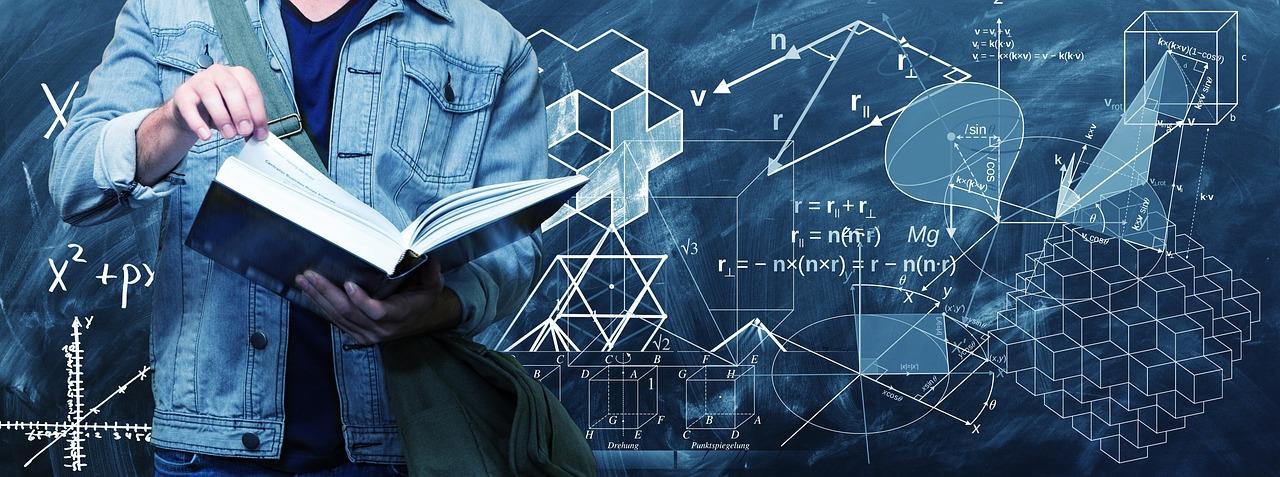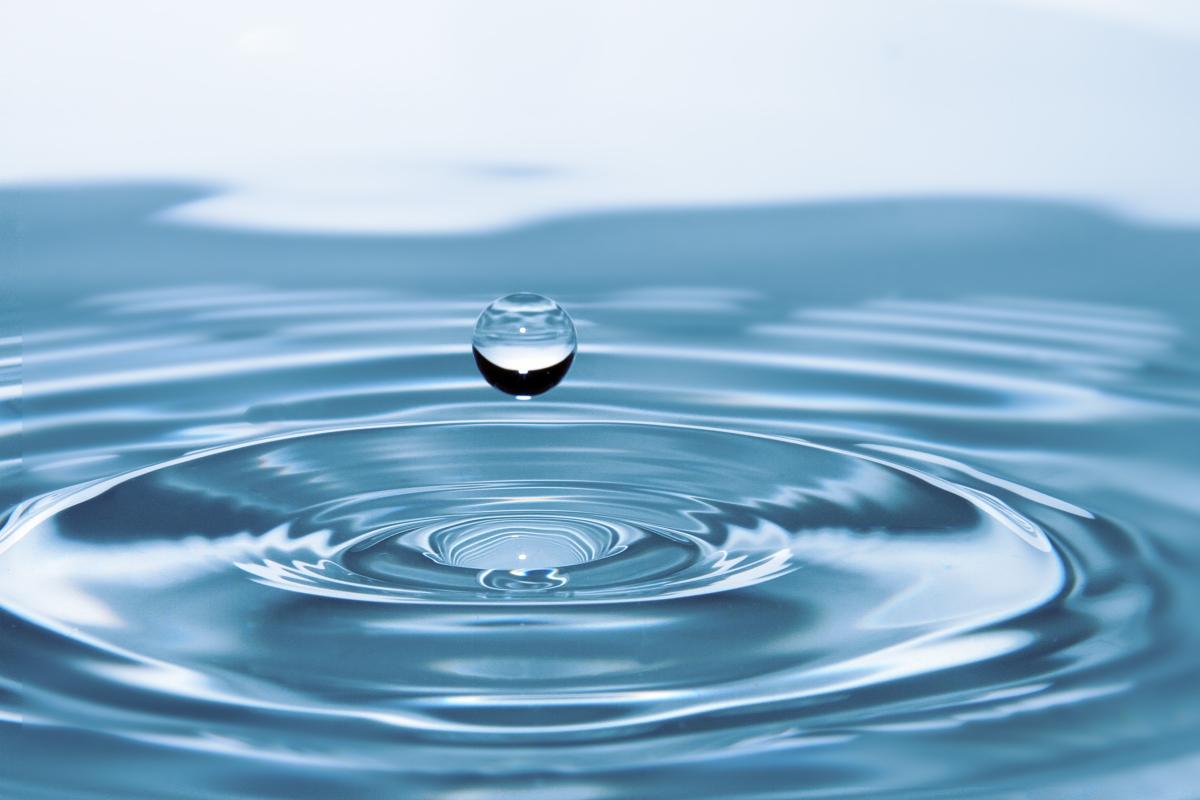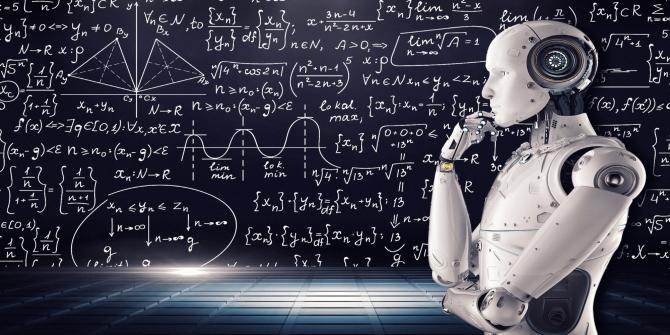
Human Dot Plot - Part 2
by Laura Richmond
This is a continuation lesson in which we compare student data to the previous day's data using GeoGebra to help us generate dot plots and calculate statistics.
Lesson Plan Link/URL
https://docs.google.com/presentation/d/1ClNG_1KfLDBDOGXfTQr90-na3HmHkS1J/edit?u…Related Content

Grades:
9th Grade, 10th Grade, 11th Grade, 12th Grade
In this high school lesson, students will get the opportunity to engage in scientific research, studying sustainability and fuel options, while creating models to represent their knowledge.


Grades:
9th Grade, 10th Grade, 11th Grade, 12th Grade
Part one of a four part project exploring the movement of the brain upon impact in everyday activities. This lesson uses Pocketlab Voyager sensors to analyze brain movement in high impact activities